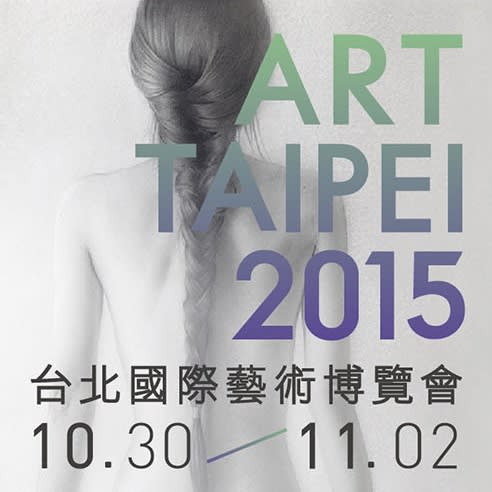
For Art Taipei 2015, Kwai Fung Hin Art Gallery presented a solo exhibition of Japanese artist Atsushi SUWA. It features the latest works by the artist, which consists of 3 oil paintings and 4 pencil drawings. The new works was all on public view for the first time at Art Taipei 2015. Together with the other two oil paintings, this exhibition reveals a world beyond our senses and perceptions, via the exceptional hyper-realistic painting technique of the artist.
Analogia: Human Hair
The theme of Atsushi Suwa's latest painting series is women's hair. Each work is executed with great attention to details, so that each individual strand of hair is minutely depicted. In Japanese art history, there is a long tradition that centers upon the beauty and importance of human hair. It is a long held appreciation that borders on obsession, and Suwa's beautiful treatment of this subject continues this tradition. For reference, included here are some examples from the history of Japanese art that are noteworthy for their depiction of hair.

The first is Utagawa Kunisada's Fujin Tashinami Gusa (1847). The scene depicted is a woman combing her long straight hair. While the individual strands of the subject's hair are accentuated by the application of undiluted black sumi ink, there remains a gracefulness and an impression of translucence that brings out the hair's beauty.
The second is Kiyohime Changing into a Serpent at Hidaka River (1890) by Yoshitoshi Tsukioka. This work depicts the famous scene from the legend of Dojoji in which Kiyohime, having been rejected by the priest Anjin, with whom she was infatuated, was so overwhelmed with rage that she was transformed into a serpent. One of the most remarkable details is the depiction of Kiyohime's hair. Flowing all the way down her back, the long tresses amplify the eeriness of her transformation.
While Suwa is aware of these examples, as well as the cultural significance borne by hair outside of art history in Japan, he focuses on the fluidity of hair, and explores its similarity to other natural elements. This awareness is perhaps best encapsulated in Analogia 4, in which the subject's hair dances as if being blown by a strong wind, and in Analogia 2, in which the artist likens the braids of hair to currents of flowing water. In both instances, the first thing one notices is that Suwa treats hair as something in between fluid and solid; he imbues the hair with abstract, ethereal qualities like those found in air or liquid.

In producing this work, Suwa referred to the work and ideas of Leonardo da Vinci (1452-1519), studying how the master dealt with human hair in Study for the Head of Leda (1503-07). To Suwa, Leda's hair, with its multiple braids, is illustrated in flowing curves that call to mind the movement of water. The artist also took inspiration from Leonardo's sketches of floods, and Suwa's hair holds similarities to the Renaissance master's renderings of fast-flowing water. At the root of Suwa's inspiration is Leonardo's idea of analogia (analogy), in which he detected beauty in the resemblance of forms between objects in the natural world, even if these objects were completely unrelated to one another.
In human hair, there is a beauty that in Japanese tradition symbolizes the female form, the expression of emotions, and provides a hint to the inner realm of human thoughts and desires. Suwa's understanding of this is combined with his ability to also see human hair as collective matter – a vast moving body akin to the vast scheme of nature. The stunning results are connected to another of Leonardo's theories: that the functions of the human body are linked to the movements of the universe – the human body itself is a micro-cosmos.
by Satoshi Koganezawa, Art Critic
2015

